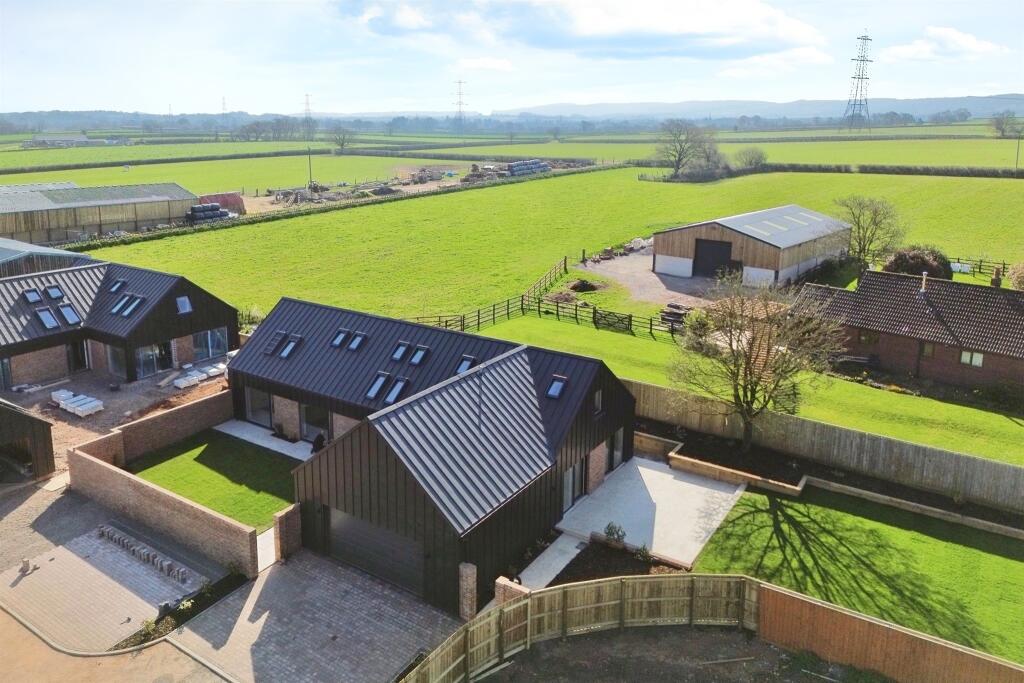
06 May Embracing Passivhaus: Building the Future of Sustainable Living
A Better Way to Live Starts with Smarter Design
Imagine living in a home that’s warm in winter, cool in summer, and doesn’t come with sky-high energy bills. That’s the difference a future-ready design can make.
At William Abbott Group, we’re creating homes that offer more than comfort. They are efficient, sustainable, and designed to last. One of the most impactful approaches we use is Passivhaus.
What Is Passivhaus
Passivhaus, also known as Passive House, is a globally recognised standard for energy-efficient building. It focuses on creating a stable and comfortable indoor climate with minimal reliance on heating or cooling.
The standard was developed by the Passive House Institute and has been used in thousands of homes around the world. Passivhaus combines intelligent design with high-performance construction methods to achieve long-term sustainability.
Why Choose Passivhaus
Passivhaus homes can use up to 90 percent less energy for heating and cooling than traditional buildings. That means lower energy bills and higher efficiency.
They are also incredibly comfortable. You will not experience cold spots or overheating, no matter the season. The temperature stays steady and consistent throughout the home.
Environmentally, Passivhaus design significantly reduces carbon emissions by using less energy. It is a powerful way to contribute to climate action through the way we build.
With changing regulations and rising energy costs, Passivhaus homes are already meeting the standards that many buildings will be required to meet in the future.
Our Approach at William Abbott Group
We are not just talking about sustainability. We are building it. Passivhaus principles are at the heart of our developments, including our Oake View project.
In collaboration with Innobuild, we are delivering homes that meet high-performance standards without compromising on style or comfort.
Every decision is made with performance and longevity in mind, from the materials we select to the layout of each space.
What Makes a Passivhaus Home Different
Superior insulation helps maintain warmth in the winter and coolness in the summer.
Triple-glazed windows improve thermal performance and reduce outside noise.
Airtight construction stops unwanted drafts and minimises heat loss.
Mechanical ventilation with heat recovery brings in fresh air while keeping the warmth already inside.
Optimised solar gain uses natural sunlight for heating in winter and keeps spaces cooler in summer.
Upgrading Existing Homes with Passivhaus Standards
It is also possible to upgrade existing properties to meet the Passivhaus standard through a retrofit process called EnerPHit.
Although retrofitting is more complex than building from scratch, it can significantly improve comfort and energy efficiency. A consultation with a certified professional will help determine what is achievable for your property.
Final Thoughts
Passivhaus isn’t just a building standard; it’s a commitment to sustainable, comfortable, and efficient living. At William Abbott Group, we’re proud to be part of this movement, creating homes that are ready for the future.
Interested in learning more about how Passivhaus can benefit your next project? Let’s connect and build a better tomorrow together.



